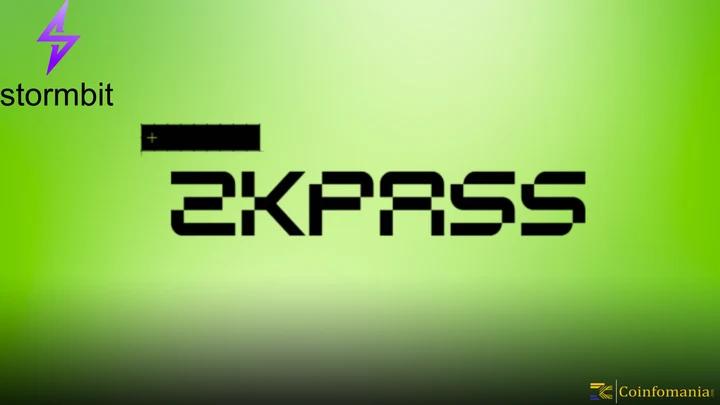Stormbit Launches zkTLS Credit Layer with No Liquidations or Margin Calls in DeFi
Dive into Stormbit zkTLS Credit Layer, a model for programmable credit that removes liquidation risks and uses verified off-chain data.

Quick Take
Summary is AI generated, newsroom reviewed.
Stormbit zkTLS Credit Layer allows programmable credit without liquidations, using off-chain data verification for trustless borrowing.
The system enables customizable lending terms and risk management for both individuals and institutions.
It aims to integrate decentralized credit models with legacy finance systems for broader adoption.
On May 29, the zkPass official Twitter handle introduced the Stormbit zkTLS Credit Layer. The new system allows programmable credit without liquidations or margin calls on-chain. It aims to let borrowers use verified data instead of asset values for credit. This feature seeks to simplify interactions within credit markets on blockchain networks. The reveal noted new ways to enable trustless borrowing across digital finance platforms. By verifying data off-chain, users can access loans more securely. This move integrates into broader efforts to make finance more automated.
Stormbit’s Infrastructure Enables Custom and Trustless Loan Agreements
Stormbit designed this infrastructure to let users set custom loan parameters. Borrowers can define LTV, interest rates, collateral types, and durations. This reduces reliance on price-based liquidation triggers in traditional systems. The approach offers control for lenders over risk exposure profiles. By using predefined agreements, it avoids central liquidators and abrupt forced sales of collateral. This model enhances transparency in decentralized lending markets. Additionally, Institutions and individuals can tailor credit packages to match specific financial strategies. The system aims to improve risk management for all participants.
Trustless borrowing lies at the heart of this credit framework. Instead of monitoring collateral values, it checks verified off-chain data. External inputs like income and credit scores undergo cryptographic validation. This method reduces risks tied to self-reported or manipulated data. Removing Oracle dependencies aims to prevent liquidation cascades during market swings. It allows for borrowing without endangering collateral during price drops. Users can use instant yield calculation from fixed repayments without liquidation risk. As such, participants gain stability through fixed agreements that avoid forced asset sales.
How Stormbit zkTLS Credit Layer Verifies Off-Chain Data Securely
Another important part of Stormbit zkTLS Credit Layer is off-chain data verification. The system uses cryptographic proofs to confirm borrower details securely. Employment and credit information can be checked without revealing private data. Instant checks aim to reduce the time spent on manual underwriting processes. This method lowers the risks of forged documents or falsified records affecting credit decisions. Avoiding centralized bureaus prevents single points of data control. The framework seeks to protect privacy while enhancing lending efficiency.
Stormbit provides a Lending-as-a-Service model that powers trustless borrowing offerings. Banks, exchanges, and fintech firms can deploy credit products rapidly. No need exists for building full lending systems from scratch. Clients configure risk profiles such as conservative LTV limits for volatile assets. The service delivers ready-made modules for credit market operations. Tailored solutions let lenders address specific client segments and risk appetites. This method supports the streamlined deployment of DeFi lending frameworks, aiming to lower barriers for firms to enter blockchain credit markets.
Blockchain Credit Pools to Connect With Legacy Systems
This infrastructure supports both peer-to-peer and institutional credit arrangements on blockchain. API-driven tools allow integration with existing financial software. Institutions can onboard real-world assets into on-chain credit pools. The design reduces friction when connecting to legacy systems and core banking software. By bridging traditional and blockchain systems, it simplifies decentralized lending experimentation. Financial firms can test on-chain models without overhauling current processes. Overall, the framework encourages wider adoption of blockchain credit methods. It provides a link between familiar workflows and innovative finance models.
A Model for Inclusive Lending in the Crypto Ecosystem
Overall, this offering merges fixed-term loans with DeFi lending innovation. It avoids price-driven liquidations that hurt borrowers during market downturns. The model provides programmable credit options through smart agreements. Lenders and borrowers gain defined terms and predictable repayment schedules. Integration with on-chain protocols and traditional systems fosters sector growth. Users can join without needing extensive blockchain knowledge. The design aims to lower barriers to entry for diverse participants. Future updates may expand functions for newer financial use cases.
References
Follow us on Google News
Get the latest crypto insights and updates.


